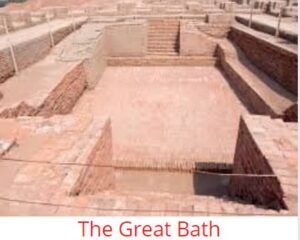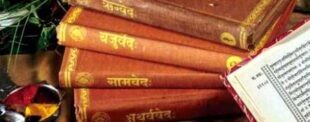
Pre-Historic Period : Most Important Points
Quickly Revise Most Important Points of Pre-Historic Period
Home » Quick Revision Guide » Rig Vedic Period : Most Important Points

Most important points about Rig Vedic Period
The period from 1500 BC to 600 BC is considered as Vedic Period which is divided into two parts :
Indra – Most important God and was also known as Purandara (the destroyer of forts) and God of rain.
Agni (Fire) – Second in importance. He was regarded as the intermediary between the Gods and the worshipper.
Varuna (Rain) – He was supposed to be the upholder of the natural order.
Vayu – Wind
Maruts – Storm
There were also few female gods like Aditi and Ushas.
No temples and no idol worship

Quickly Revise Most Important Points of Pre-Historic Period

Most Important Points about Historical Background of Indian Constitution.

Most important features of Indus Valley Civilization

Quickly Revise Most Important Points about Vedic Literature